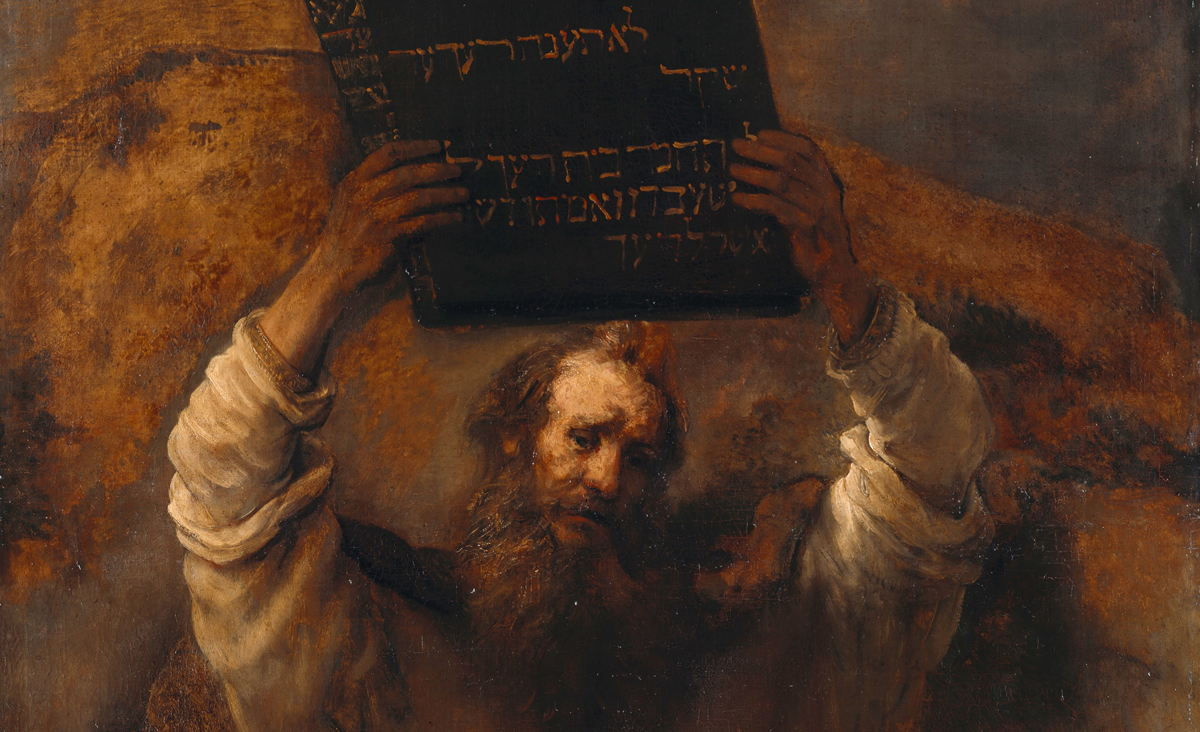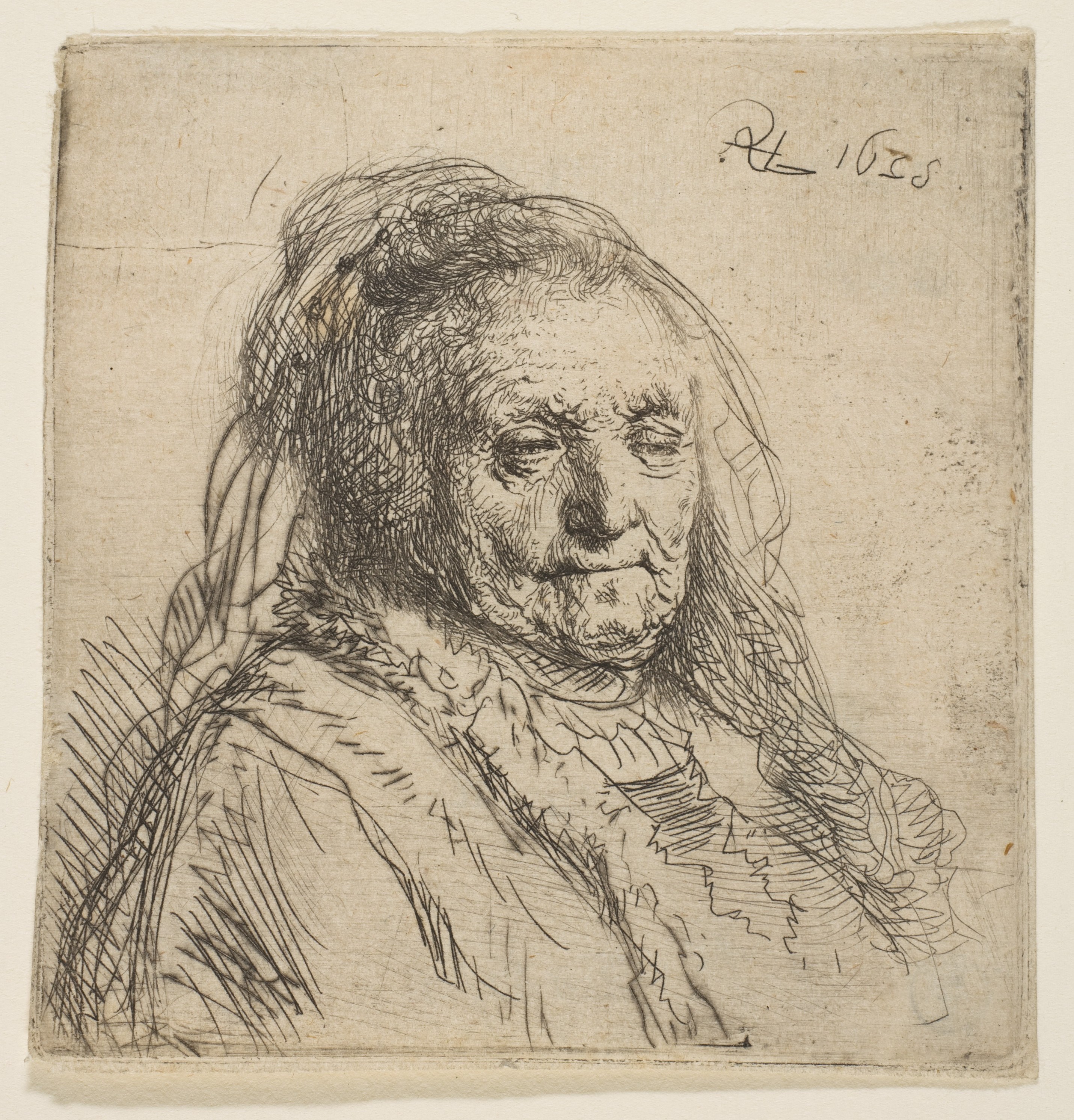Art World :Headlines in Brief
The Art News presented in this, Sukonik Fine Art, October 2017 ongoing Art News Blog comes courtesy of Art Crime and Cultural Heritage Resources including ARCA i.e., Association for Research into Crimes Against Art, New York Times and Legal Research including case law from the Supreme Court of the State of New York County of New York. The blurbs below can be researched at your pleasure. Today’s entries are notes are current events, ongoing news, and legal reporting.
Saving Cultural Heritage:
Counterfeit Detecting:
A growing prevalence of fakes and forgeries in the art marketplace has prompted the founding of a laboratory in Italy, which will help detect fakes and forgeries, and teach and conduct scientific research related to cultural heritage. The laboratory, a “Laboratorio del Falso” is decided to be organized by Italy’s Comando Carabinieri Tutela Patrimonio Culturael and Rome’s Roma Tre University. The goal of the laboratory will be to help enhance scholarly insight, and thereby work to alleviate the proliferation of inauthentic works in the art market.
So far this year the Carabinieri has seized 783 fake objects. As elaborate forgeries continue to hit the art world marketplace, more research is necessary to guide authorities and art experts in techniques and research that will contribute to tasks of differentiating what is genuine from what is counterfeit. The laboratory’s work will help enhance scholarly insight and in doing so it will energize work directed to alleviate proliferation of inauthentic works in the art market.
Studies on the artists, i.e., con artists, who prey on collectors and are most prone to counterfeiting will examine and develop techniques, procedures, and systems which will then guide experts to better identify what is genuine and focus a spotlight on what is genuine, rather than what is a deception.
Scientific Approaches / Radiocarbon Dating:
ETH Zurich and University of Geniva, with a support of the Swiss National Science Foundation and the Swiss Commission for UNESCO, Berne have organized meetings and workshops for November of this year which in which problems surrounding antiquities and illicit art trade will be examined.
Representatives of AMS laboratories will talk about their experiences and practice in dating antiquities. And, other professionals will explore discoveries in the marketplace for conflict antiquities and fake conflict antiquities while examining scientific and criminologist approaches to combating illicit trade in antiques.
Illicit Passage of Marble Antiquities:
Voluntary forfeiture of “Marble Head of Bull” (ca 500-460 BCE) has paved the way for a formal ceremony of repatriation. At the ceremony, this month, the New York New York District Attorney’s office will hand over the Bull’s head to a representative, to be designated by the Lebanese Ministry of Culture.
Collectors William and Lyndia Beierwaltes released a formal statement consenting to the Supreme Court of New York County’s release of the Bull’s Head to the Lebanese Republic pursuant to N.Y. Penal Law § 450.10 on the disposal of stolen Property and the N.Y. Procedure Law § 690.55 on search warrants and the disposition fo seized property. The “Marble Head of a Bull”, was seized while on loan at the Metropolitan Museum of Art.
While on loan for exhibition at the New York Metropolitan Museum, suspicions that the antiquity had been pillaged from Lebanon during that country’s civil war were raised. The state of New York’s “Application for Turnover” went into painstaking detail on how this plundered antiquity made its way illicitly to the United States. The bull’s head sculpture was acquired by the Beiewaltes couple on November 1996 for US $1.2mm from one of the (now) most notorious dealers in the antiquities world, Robin Symes.
The Beierwaltes statement, released by their attorney, read: “After having been presented with incontrovertible evidence that the bull’s head was stolen from Lebanon, the Beierwaltes believed it was in everyone’s best interest to withdraw their claim to the bull’s head and allow its repatriation to Lebanon.”
According to a New York Times article, Assistant District Attorney Matthew Bogdanos and researchers which have supported this case spotted another potentially looted antiquity, also from Lebanon. This object, a marble torso of a calf bearer, was identified in a photograph taken inside the Beiewalteses’ home for the June 1998 special issue of House & Gardens magazine. This object too may have been plundered from Lebanon prior to it being acquired by William and Lynda Beierwaltes. The article goes on to specify that the Beierwalteses, in 2015, sold this object to another New York collector, Michael H. Steinhardt.











